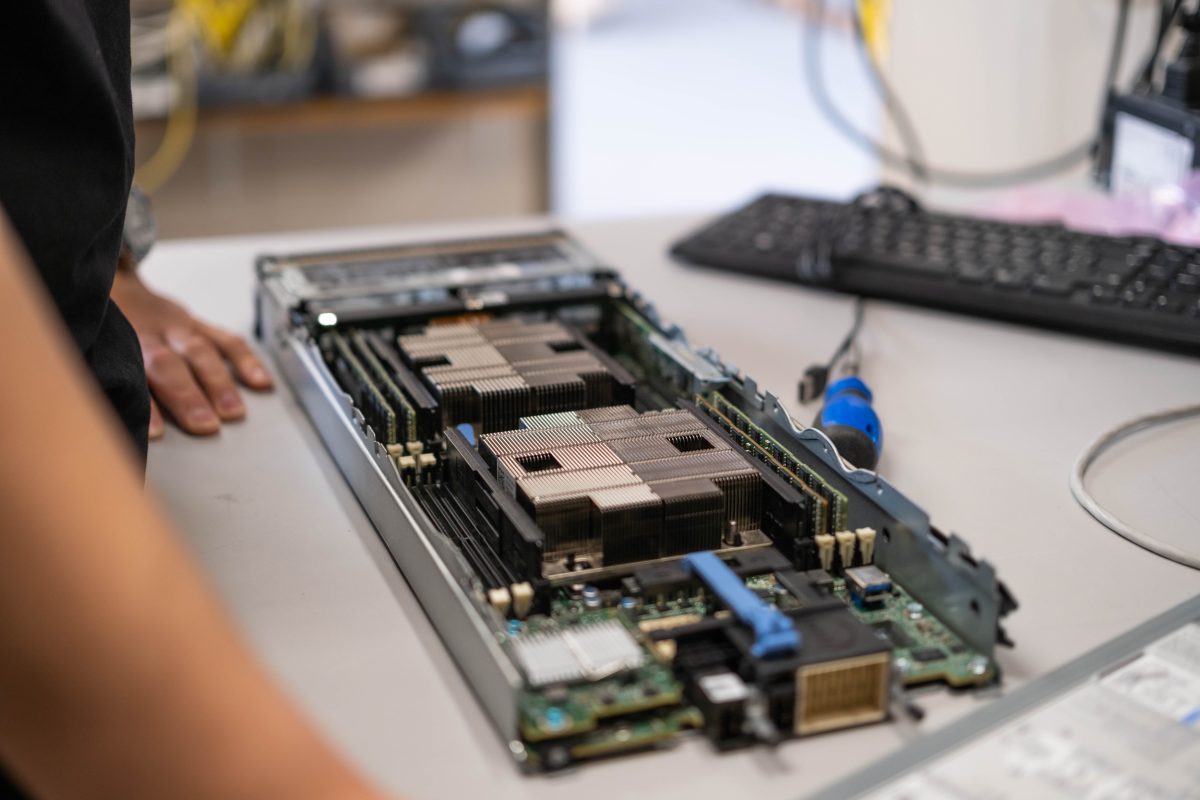
The European Commission’s recent legislative proposal for the consumer product Right to Repair is a positive development in the ongoing battle for better repairability and sustainability of electronic devices. However, as experts from Free ICT Europe highlight, the legislation falls short in addressing the public and private sector, restrictive practices of some large manufacturers, and the high cost of repair. To create a powerful force for change, these issues must be resolved, ultimately benefiting the environment, job creation, and resource management.
The Importance of Extending Product Life
Electronics manufacturing generates significant greenhouse gas emissions (an average of approximately 1300 KG per server*) and leads to soil and water pollution. Electronics also contain critical raw materials with rare or unstable supply. With rapid technological advancements, electronic waste is the fastest-growing waste stream, predicted to reach 74 million tonnes per year by 2030, according to the latest UN report. Extending product life is crucial to combat these environmental challenges.
The Proposal and Its Shortcomings
As part of the EU Green Deal package of initiatives, the Right to Repair legislation seeks to make repair easier for consumers, encourage producers to design long-lasting and easily repairable goods, and foster a circular economy. However, it focuses solely on consumer goods, leaving 63% of the total ICT market – the business-to-business sector – unaddressed. Additionally, the proposal contains loopholes related to prioritizing repair over replacement and does not address the pricing issue that could render repair inaccessible due to exorbitant costs.
Implications for the Enterprise IT Market
The proposed online repair platforms at the national level, which match customers with repair and refurbishment service providers, support both the B2B and consumer markets. The standardization of EU repair information forms will provide an established marketplace for providers and stimulate trade between EU member states. Tax reductions to incentivize the use of repaired products can make repair, refurbishment, and product life extension more attractive.
However, the legislation should address the restrictive practices of large companies that inhibit repair and reuse, as well as economic benefits of stimulating the after-market. Spare parts and firmware issues, which have historically been obstacles to product life extension, need clearer guidelines on pricing and availability.
The Road Ahead
The Right to Repair legislative proposal is a step in the right direction, but its full potential can only be realized by extending its scope and addressing the aforementioned shortcomings. As a provider of refurbished IT hardware, Inside Systems supports this ongoing battle for comprehensive and effective legislation, ultimately contributing to a more sustainable and circular economy.
* The average is based on emission data calculated by COWI & a server with the following configuration: an average 2U Server containing 512GB of Memory, 6 X 3.5″ Hard Drives, 2 X 2.5″ SSD’s, 2 CPU’s & 2 Power Supplies. The values are also based on averages – read more about this on the following link CO2 Calculator – Inside Systems A/S